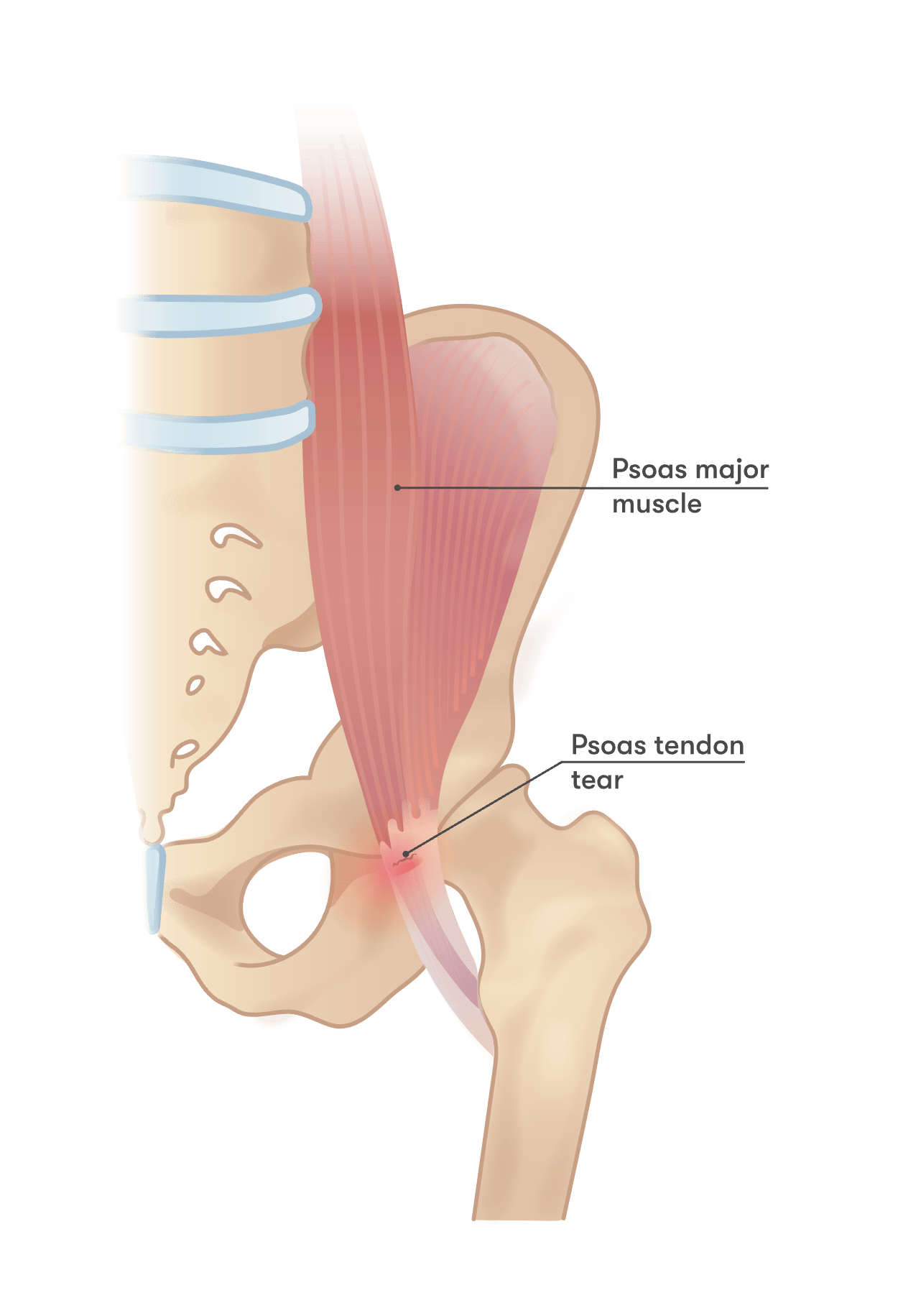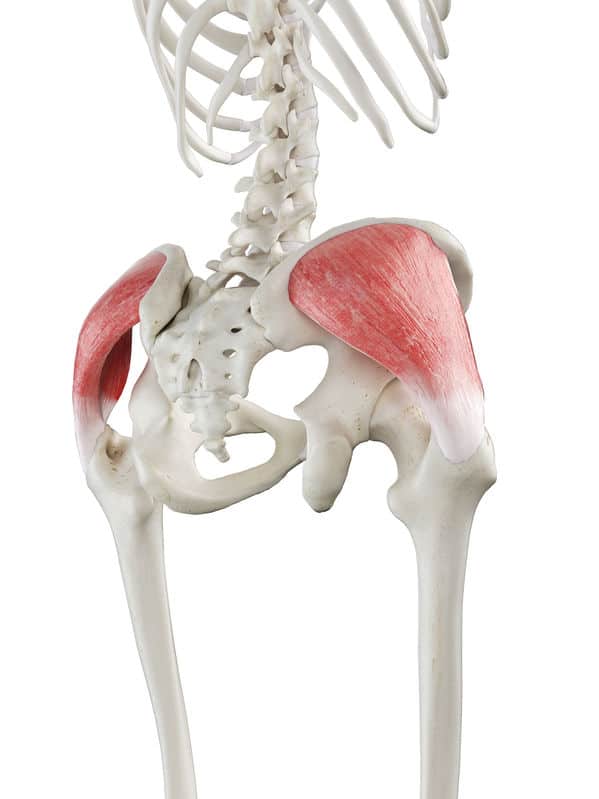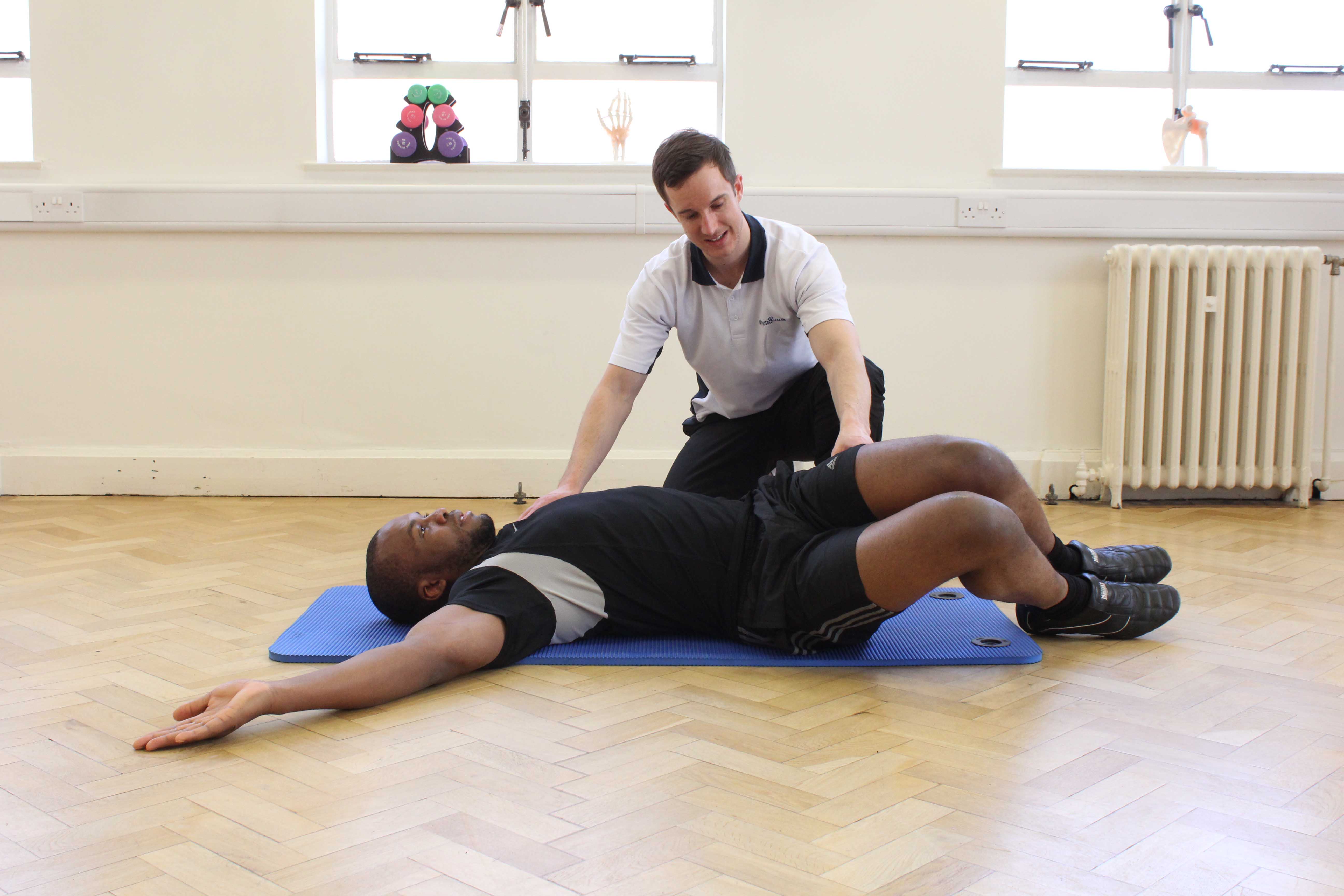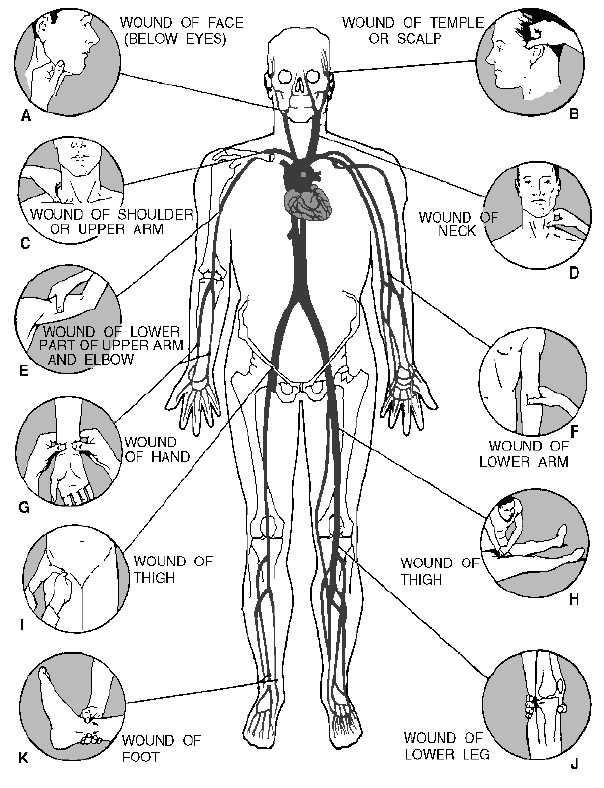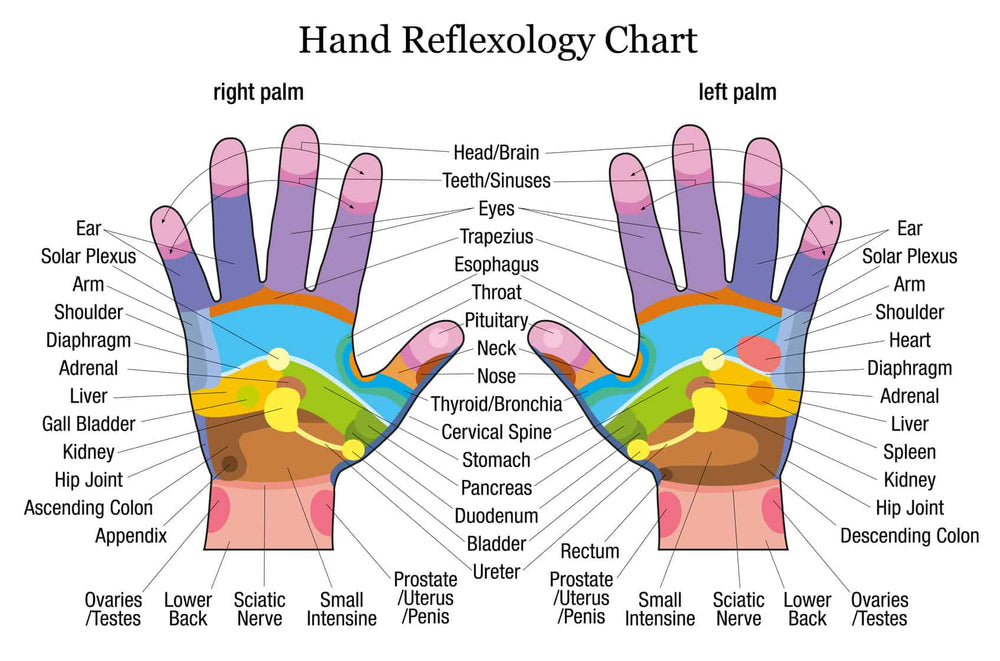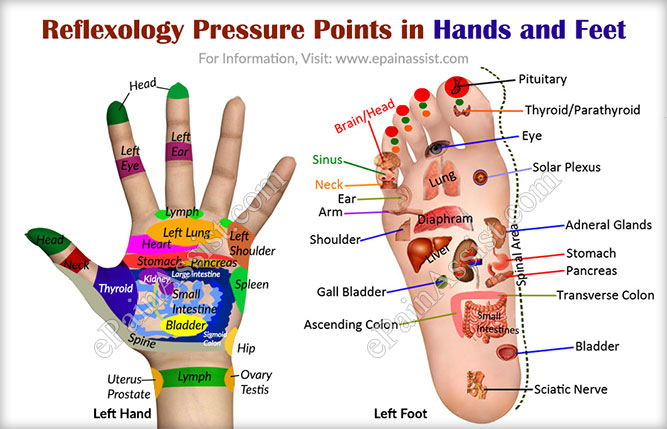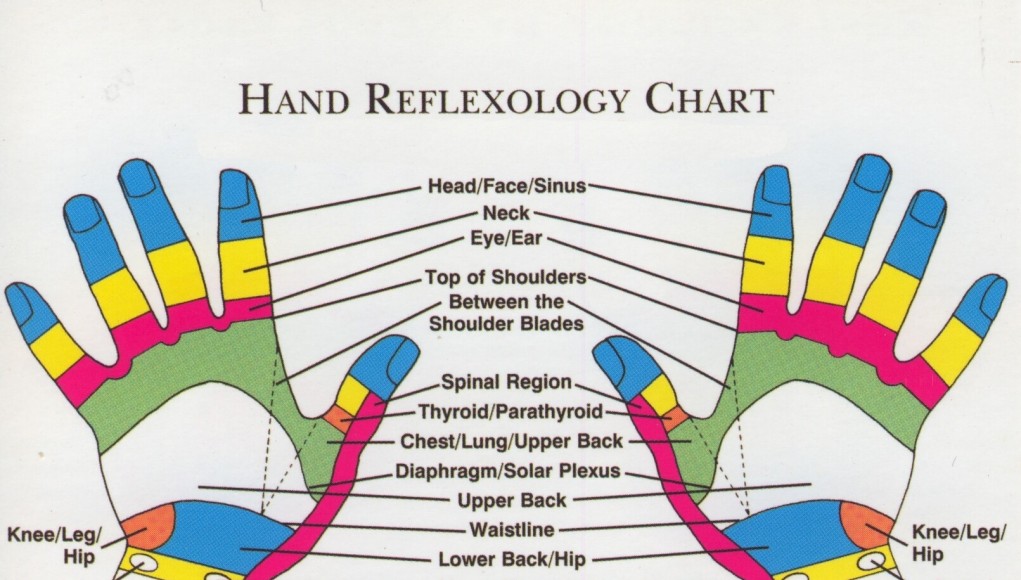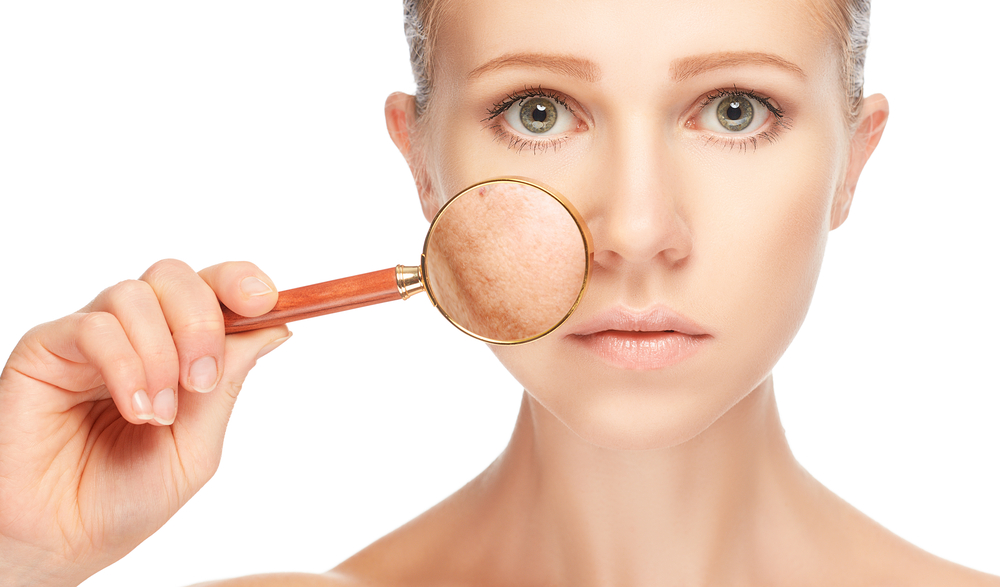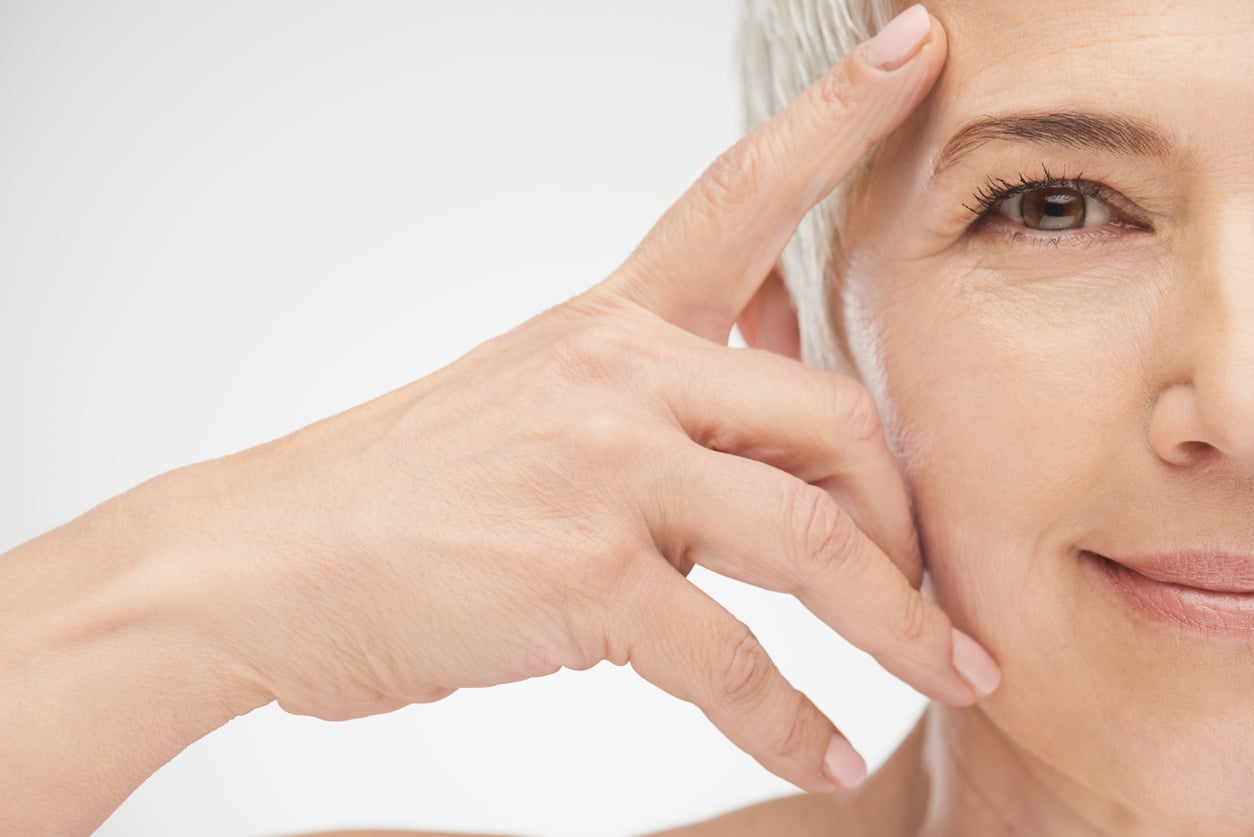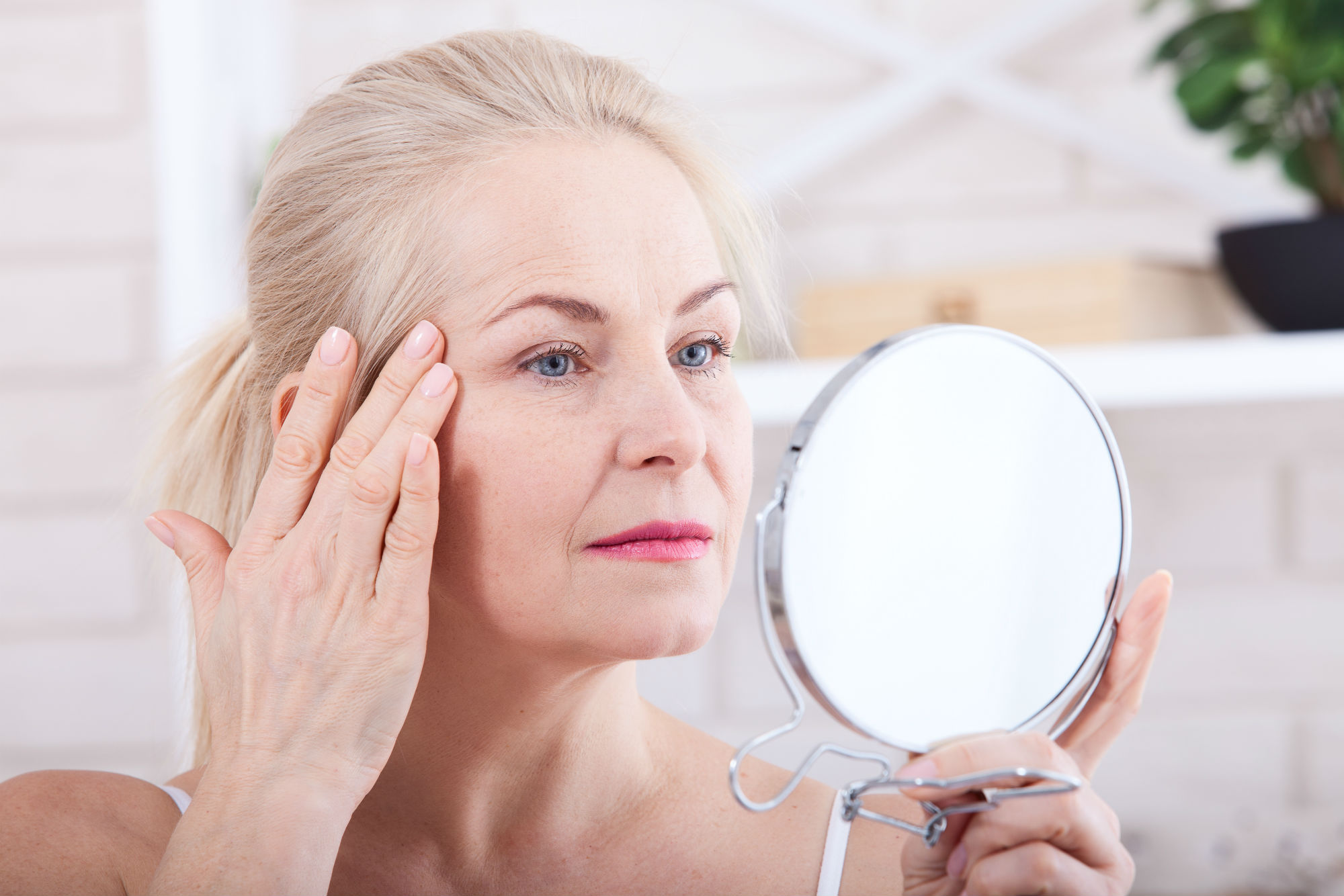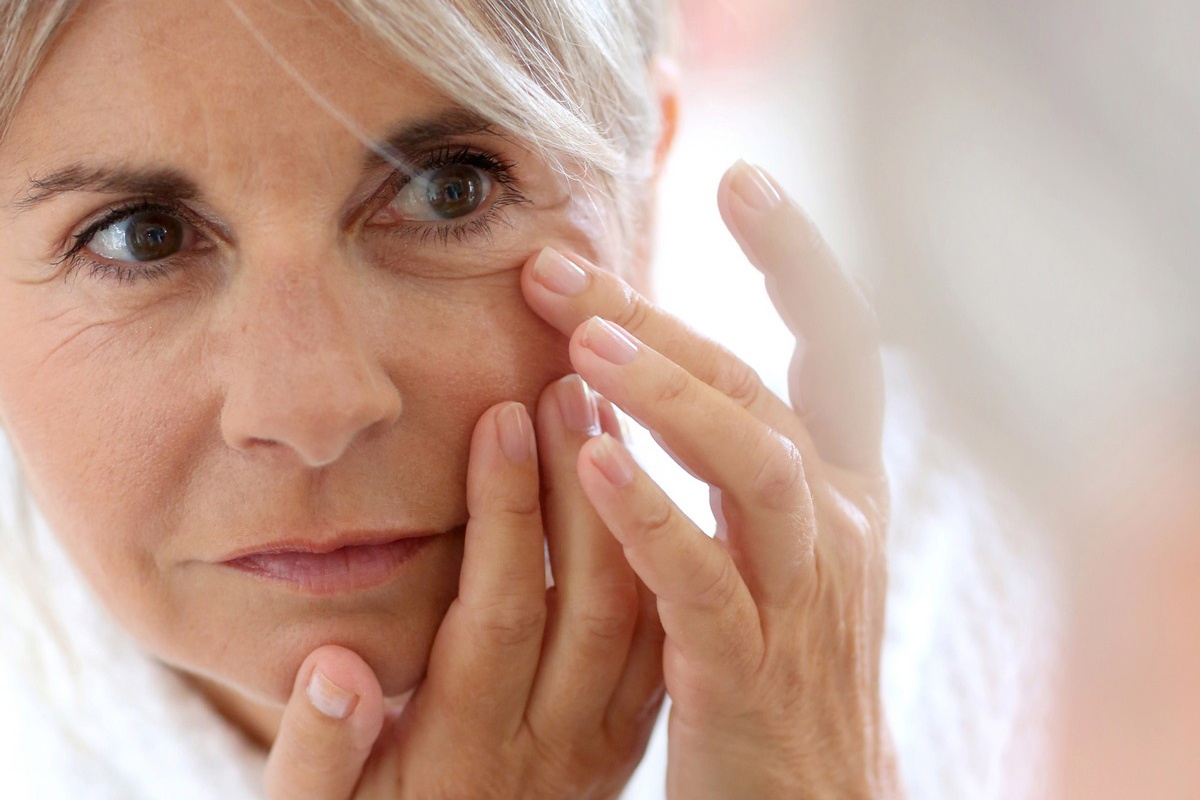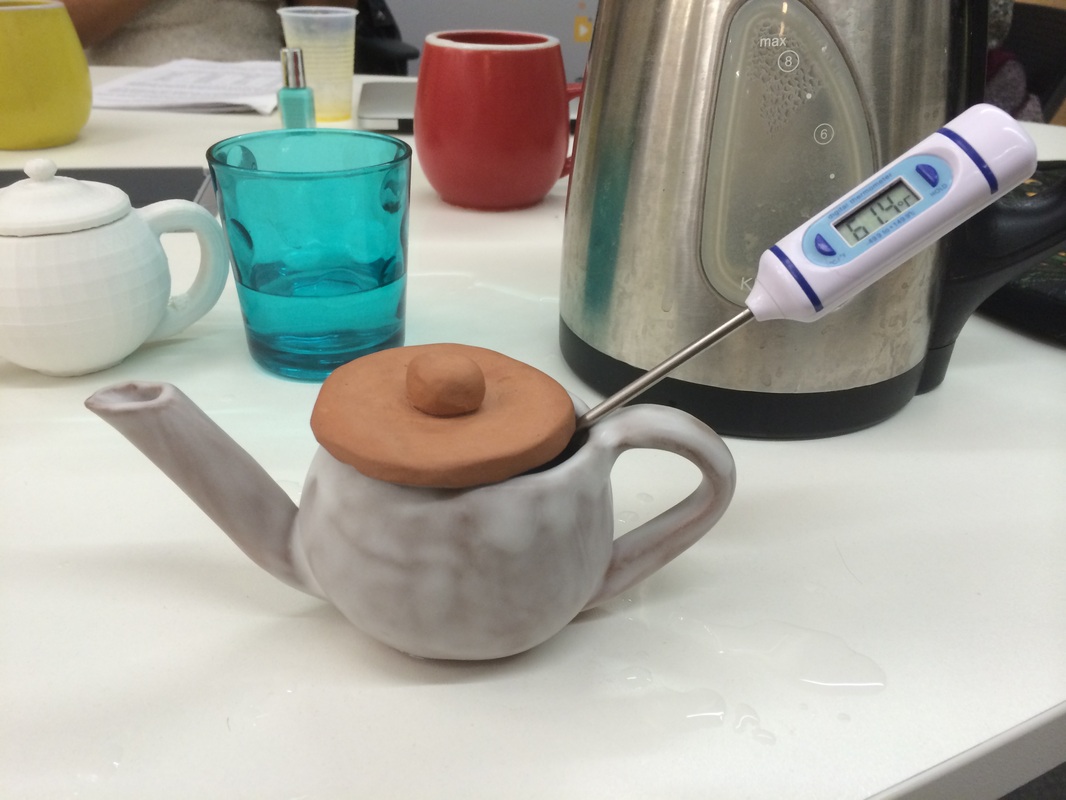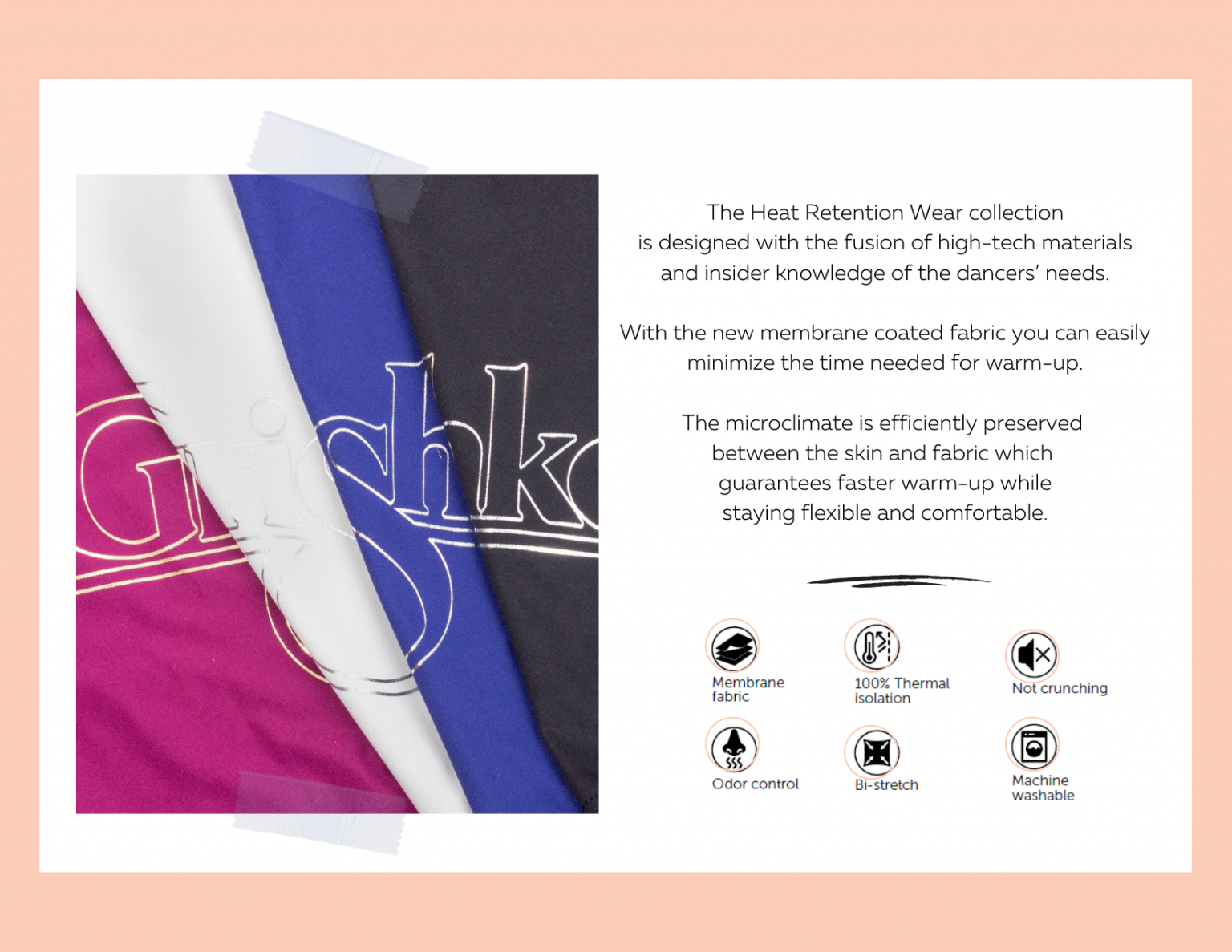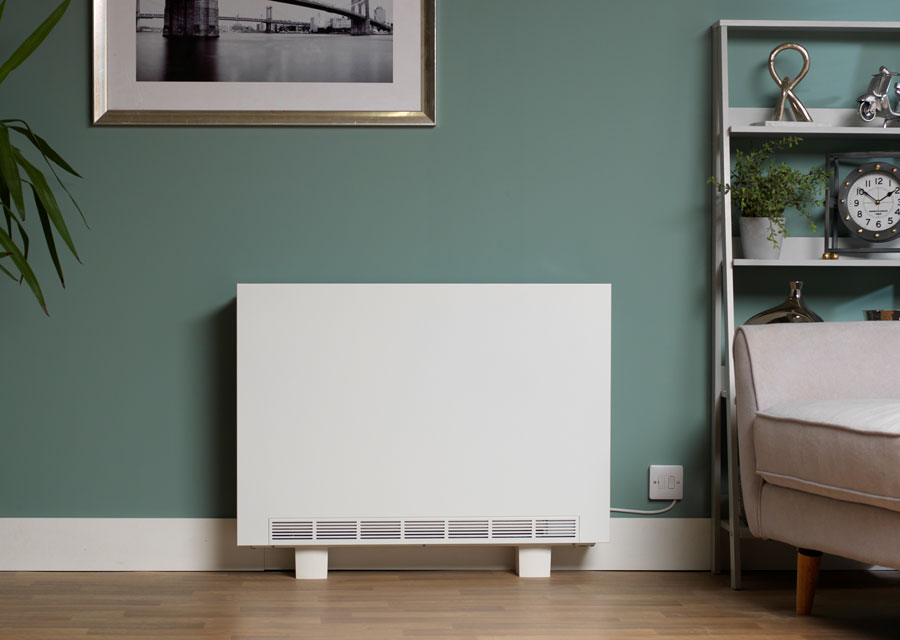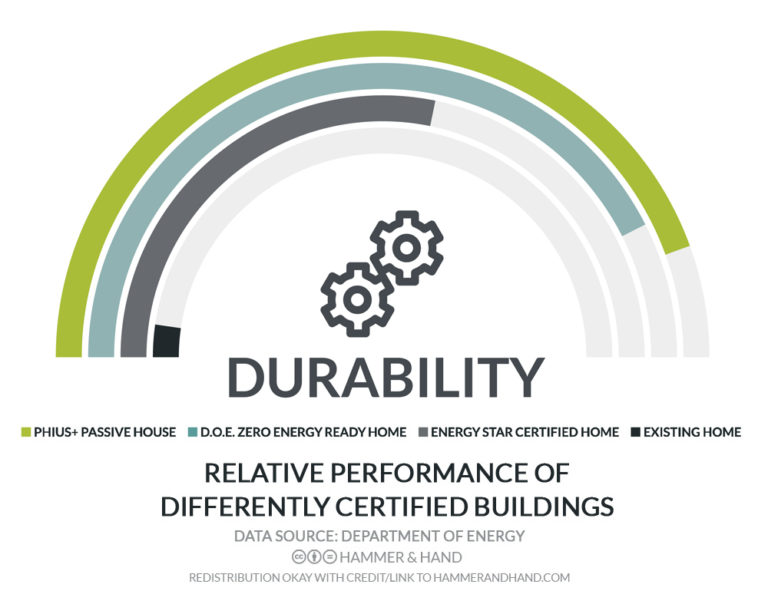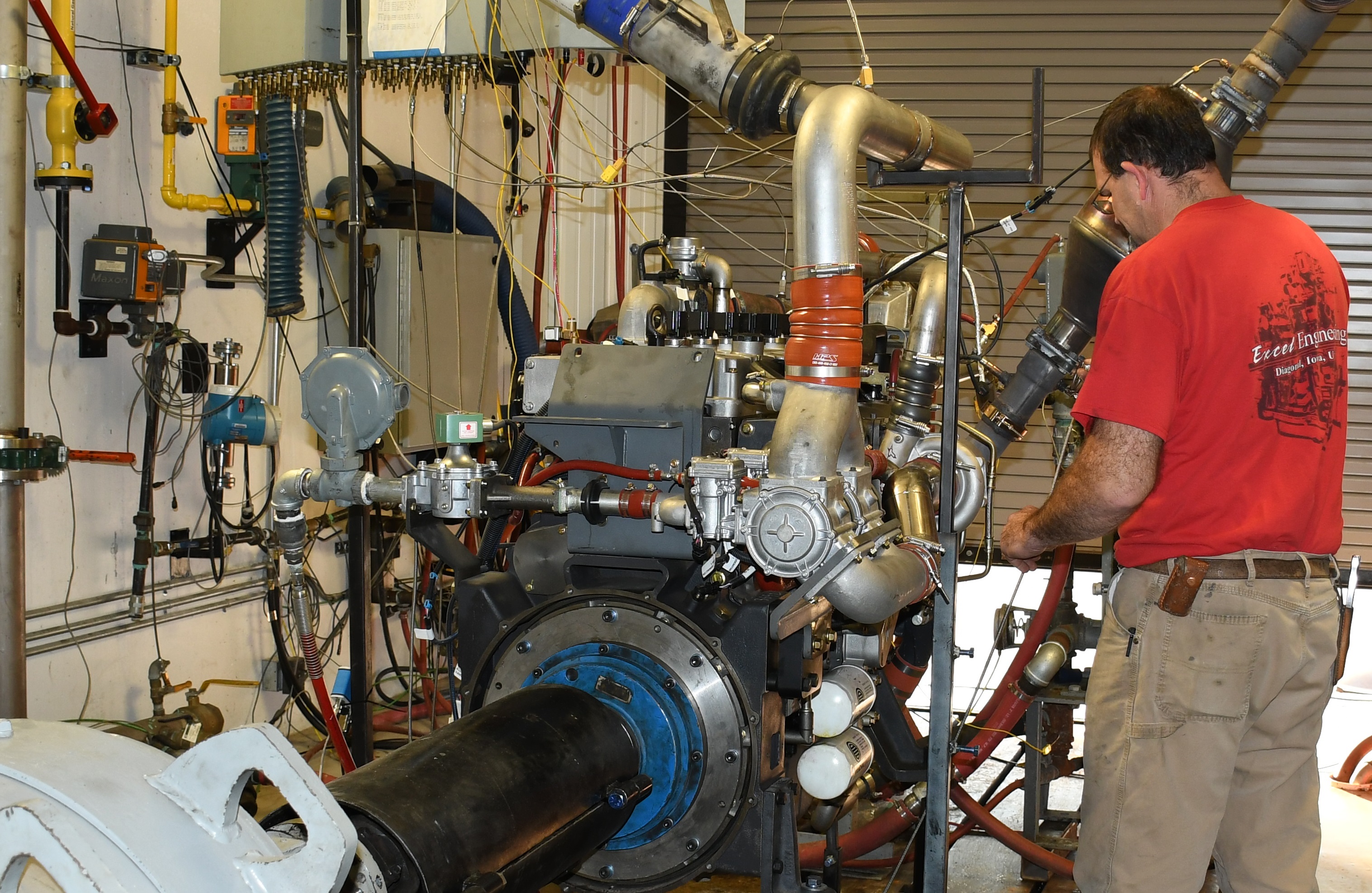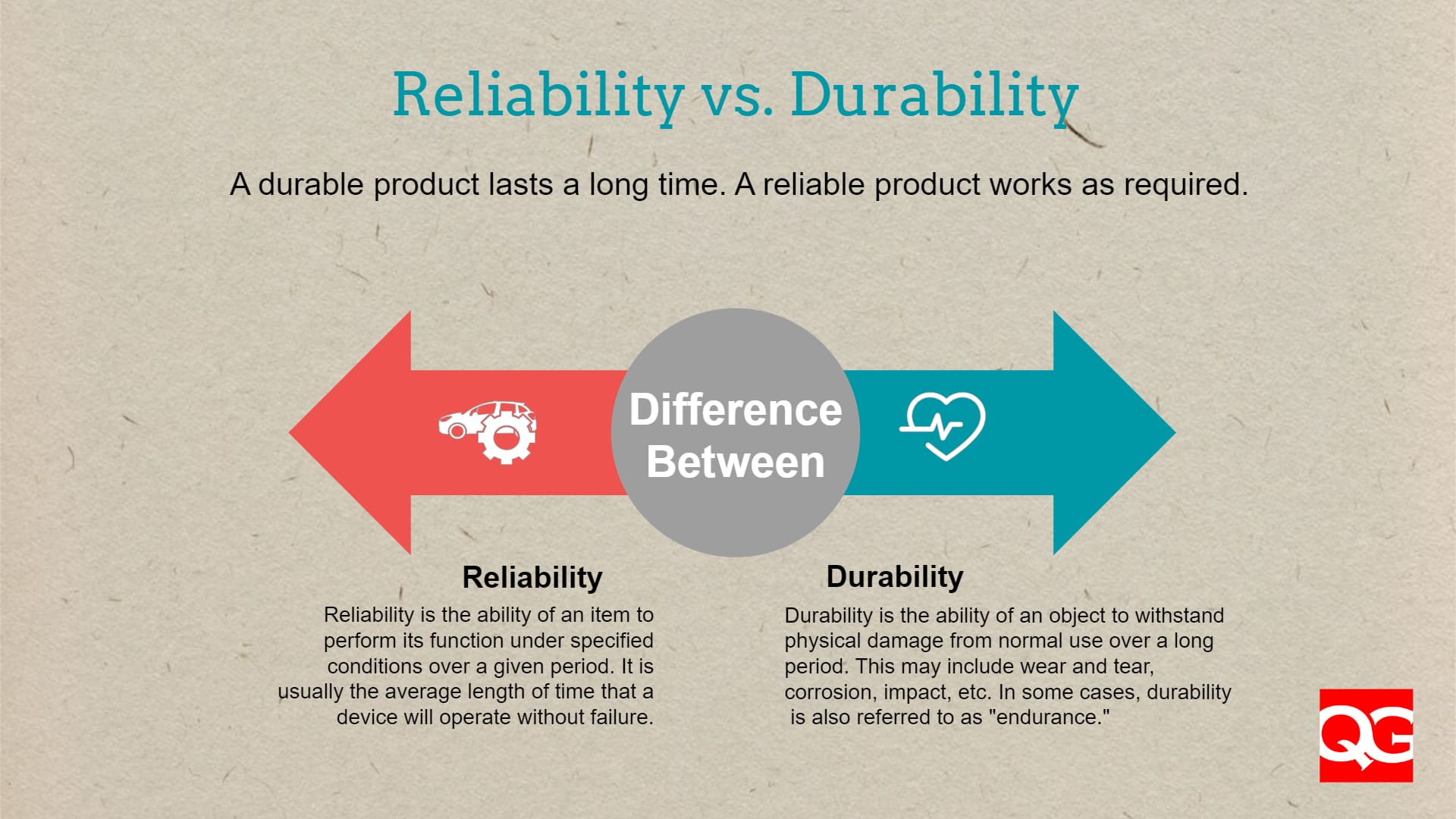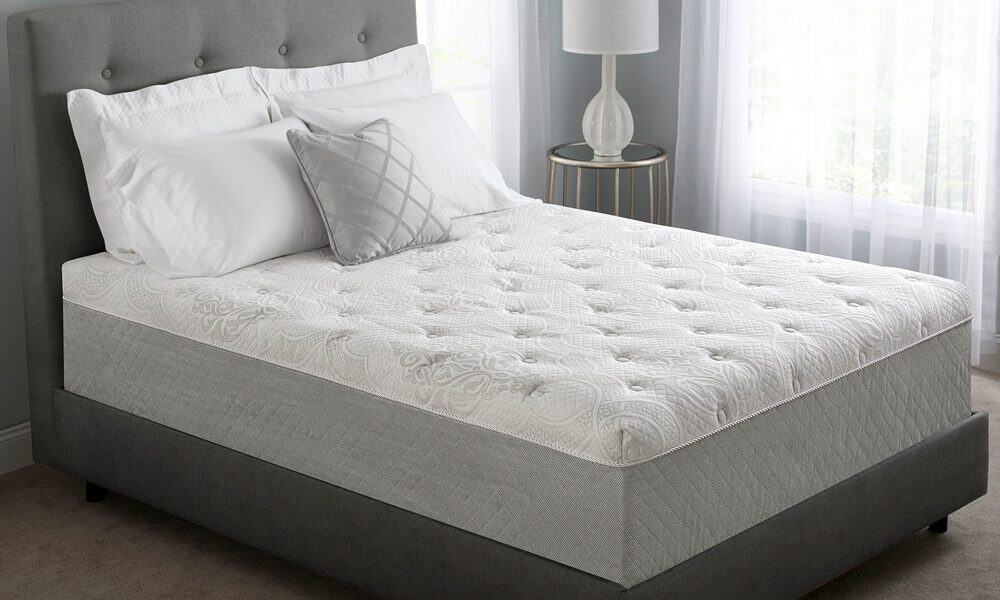Back Pain
One of the most common complaints with pillow top mattresses is back pain. The soft cushioning of the top layer can cause the spine to sink in, leading to misalignment and discomfort. This can be especially problematic for those who suffer from chronic back pain or have pre-existing back issues. The lack of proper support and firmness can also exacerbate back pain over time.
Neck Pain
Similar to back pain, the lack of support and sinking in of the pillow top can also cause neck pain. The neck needs proper support to maintain proper alignment with the spine, and a pillow top mattress may not provide that. This can lead to stiffness and soreness in the neck, making it difficult to get a good night's sleep.
Shoulder Pain
Shoulder pain is another common issue with pillow top mattresses. The soft top layer can cause the shoulders to sink in, putting pressure on the joints and muscles. This can be especially problematic for side sleepers, as they need proper support and cushioning for their shoulders. Without the right balance, shoulder pain can become a regular occurrence.
Hip Pain
For those who suffer from hip pain, a pillow top mattress may not be the best choice. The soft top layer can cause the hips to sink in, putting pressure on the joints and muscles. This can be especially problematic for those who sleep on their side, as the hips need proper support and cushioning to alleviate pain and discomfort.
Pressure Points
The cushioning and sinking in of a pillow top mattress can also create pressure points on the body. These pressure points can cause discomfort and pain, especially in sensitive areas such as the shoulders, hips, and knees. Over time, these pressure points can lead to long-term issues and make it difficult to get a good night's sleep.
Uneven Support
One of the main problems with pillow top mattresses is the lack of even support. The soft top layer can create uneven support, causing the body to sink in certain areas while leaving others unsupported. This can lead to discomfort and pain, as well as affect the overall alignment of the body. Over time, this uneven support can also contribute to long-term issues such as joint pain and muscle stiffness.
Sagging
Due to the soft materials used in pillow top mattresses, they are prone to sagging over time. This can happen in the top layer or even in the support layer, causing the mattress to lose its shape and support. This can create discomfort and affect the overall quality of sleep, as the body will not be properly supported throughout the night.
Heat Retention
Another common issue with pillow top mattresses is heat retention. The soft materials used in the top layer can trap body heat, making the mattress feel hot and uncomfortable. This can be especially problematic for those who tend to sleep hot, as it can lead to disrupted sleep and discomfort throughout the night.
Durability
While pillow top mattresses may feel comfortable and luxurious at first, they may not have the durability and longevity of other types of mattresses. The soft top layer can wear out and lose its cushioning over time, leading to a less supportive and comfortable sleeping surface. This can result in having to replace the mattress sooner than expected, making it a less cost-effective option in the long run.
Expensive
Pillow top mattresses are typically more expensive than other types of mattresses. This is because of the extra materials and craftsmanship needed to create the soft top layer. However, as mentioned before, they may not have the same durability and longevity as other mattresses, making it a less cost-effective investment in the long run.
The Negative Effects of Pillow Top Mattresses on Sleep Quality
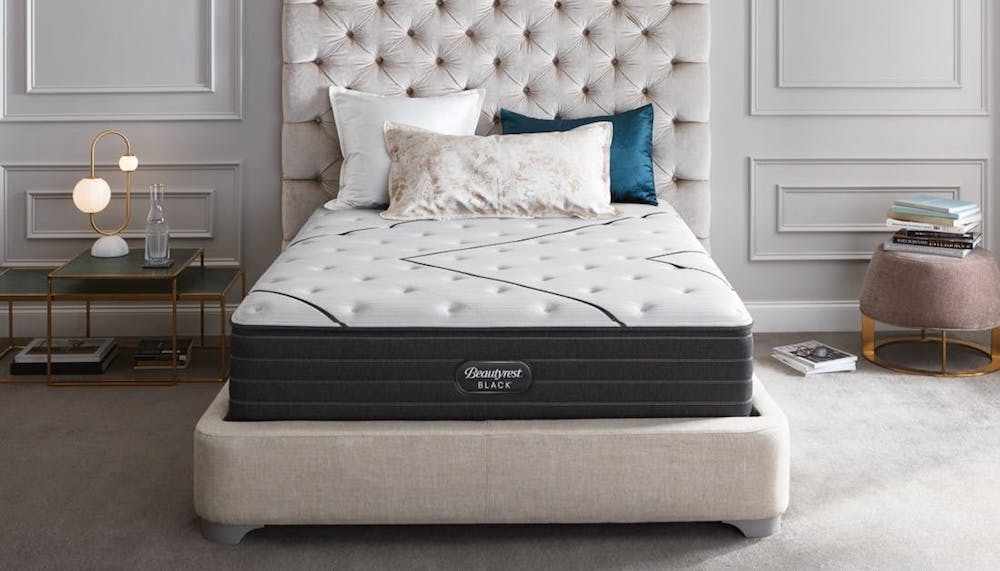
Increased Pressure on Joints and Muscles
 While pillow top mattresses may seem like the epitome of comfort and luxury, they can actually have a negative impact on our sleep quality. The extra padding on top of the mattress may initially feel soft and inviting, but it can cause increased pressure on our joints and muscles. This is because the pillow top creates an uneven surface, causing our bodies to sink in certain areas while others are left unsupported. Over time, this can lead to stiffness, aches, and pains, making it difficult to get a restful night's sleep.
While pillow top mattresses may seem like the epitome of comfort and luxury, they can actually have a negative impact on our sleep quality. The extra padding on top of the mattress may initially feel soft and inviting, but it can cause increased pressure on our joints and muscles. This is because the pillow top creates an uneven surface, causing our bodies to sink in certain areas while others are left unsupported. Over time, this can lead to stiffness, aches, and pains, making it difficult to get a restful night's sleep.
Difficulty Maintaining Proper Spinal Alignment
 Another problem with pillow top mattresses is that they can make it difficult to maintain proper spinal alignment while we sleep. The extra padding can cause our bodies to sink too deeply into the mattress, putting strain on our spine and causing it to curve in unnatural ways. This can lead to back pain, neck pain, and even headaches. In order to ensure a good night's sleep, it is important for our spine to be properly aligned throughout the night, and pillow top mattresses may not be the best option for achieving this.
Another problem with pillow top mattresses is that they can make it difficult to maintain proper spinal alignment while we sleep. The extra padding can cause our bodies to sink too deeply into the mattress, putting strain on our spine and causing it to curve in unnatural ways. This can lead to back pain, neck pain, and even headaches. In order to ensure a good night's sleep, it is important for our spine to be properly aligned throughout the night, and pillow top mattresses may not be the best option for achieving this.
Increased Risk of Allergies and Asthma
 Pillow top mattresses are also known to be a breeding ground for dust mites, which can trigger allergies and asthma symptoms. The extra padding and crevices in the mattress create the perfect environment for these microscopic pests to thrive. This can be especially problematic for those with allergies or respiratory issues, as their symptoms may be exacerbated by sleeping on a pillow top mattress. Regular cleaning and maintenance of the mattress can help minimize the risk, but it is a constant battle for those who are sensitive to allergens.
In conclusion, while pillow top mattresses may seem like a luxurious option, they can actually have negative effects on our sleep quality. From increased pressure on our joints and muscles, difficulty maintaining proper spinal alignment, to an increased risk of allergies and asthma, these mattresses may not be the best choice for a good night's sleep. Consider opting for a firmer, more supportive mattress for a better and more comfortable sleep experience.
Pillow top mattresses are also known to be a breeding ground for dust mites, which can trigger allergies and asthma symptoms. The extra padding and crevices in the mattress create the perfect environment for these microscopic pests to thrive. This can be especially problematic for those with allergies or respiratory issues, as their symptoms may be exacerbated by sleeping on a pillow top mattress. Regular cleaning and maintenance of the mattress can help minimize the risk, but it is a constant battle for those who are sensitive to allergens.
In conclusion, while pillow top mattresses may seem like a luxurious option, they can actually have negative effects on our sleep quality. From increased pressure on our joints and muscles, difficulty maintaining proper spinal alignment, to an increased risk of allergies and asthma, these mattresses may not be the best choice for a good night's sleep. Consider opting for a firmer, more supportive mattress for a better and more comfortable sleep experience.

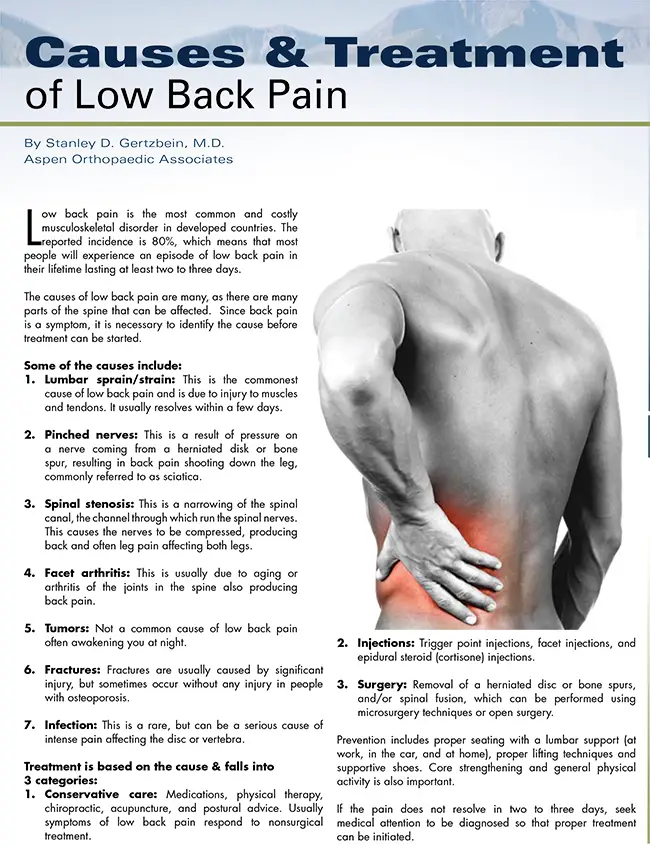
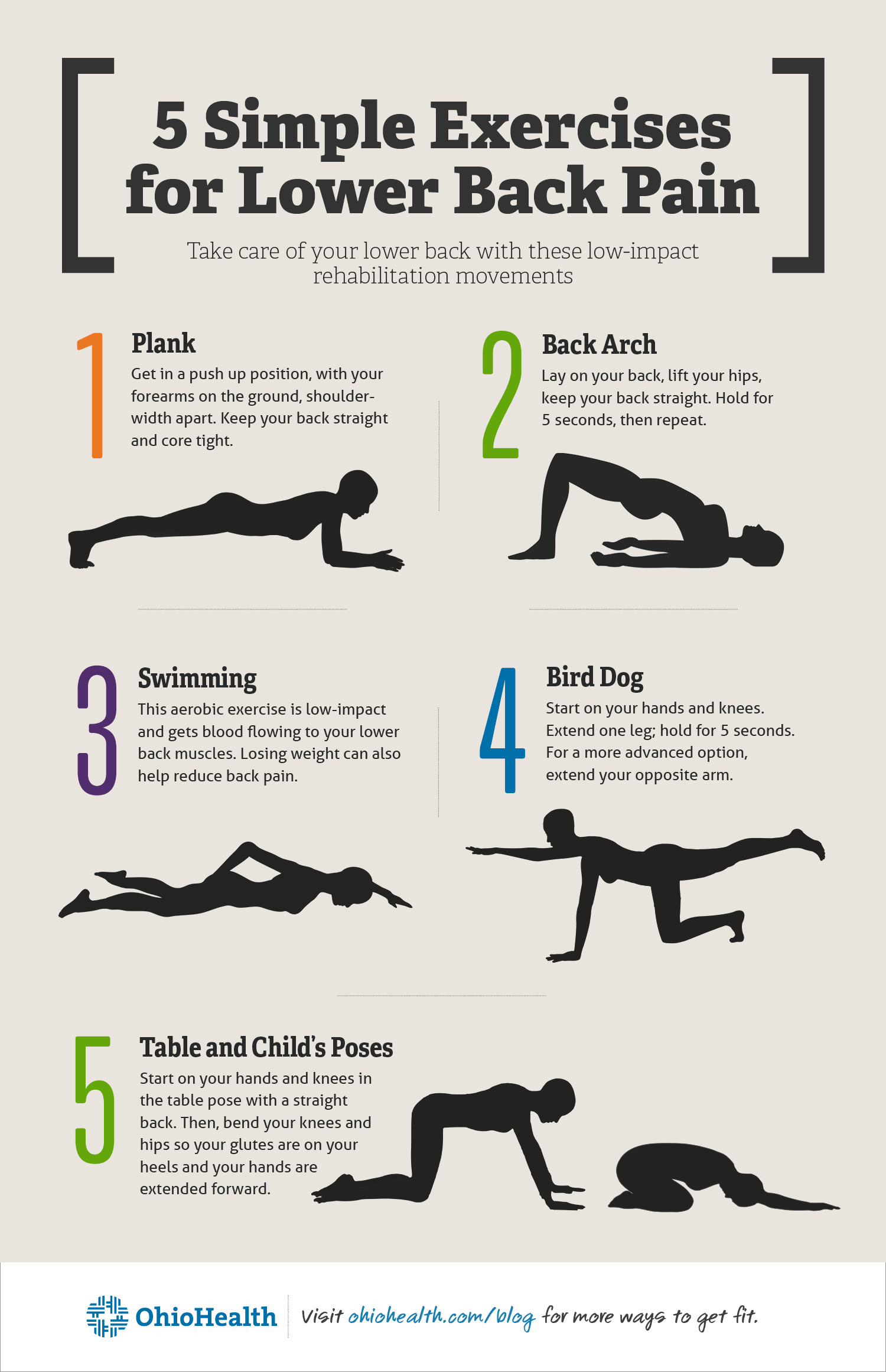



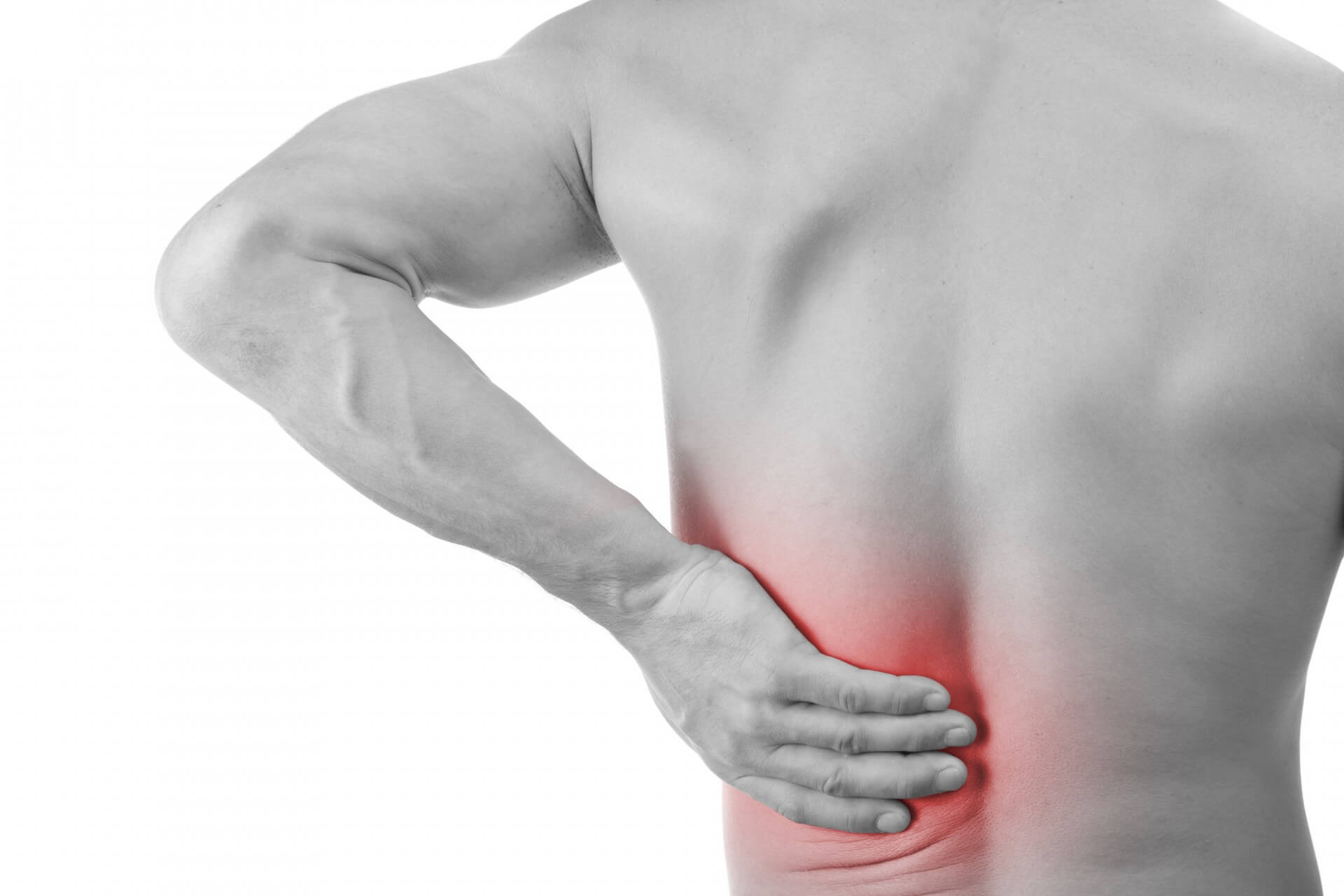
:max_bytes(150000):strip_icc()/backpainfinal-01-5c3ba0bf46e0fb0001b5b300.png)

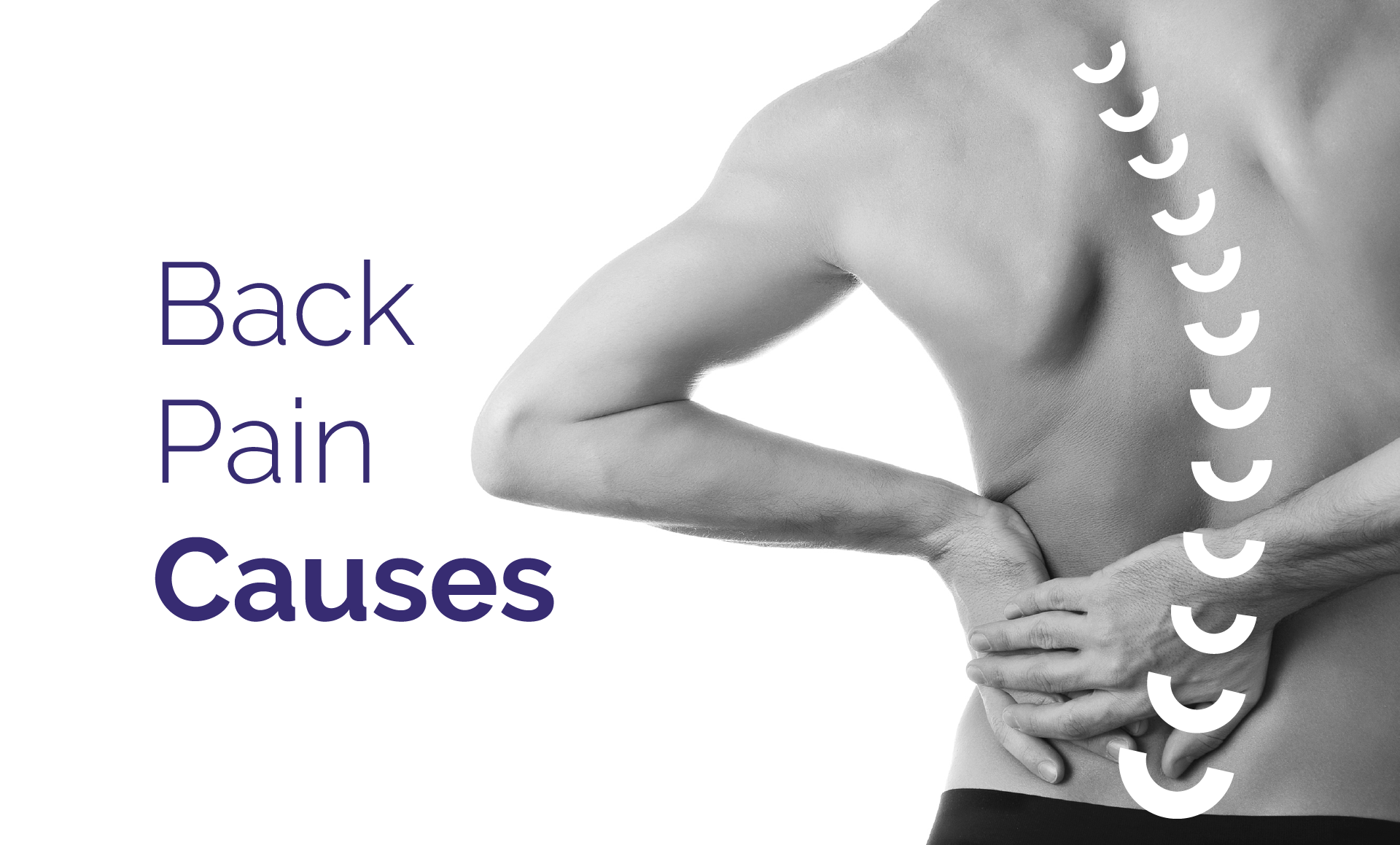


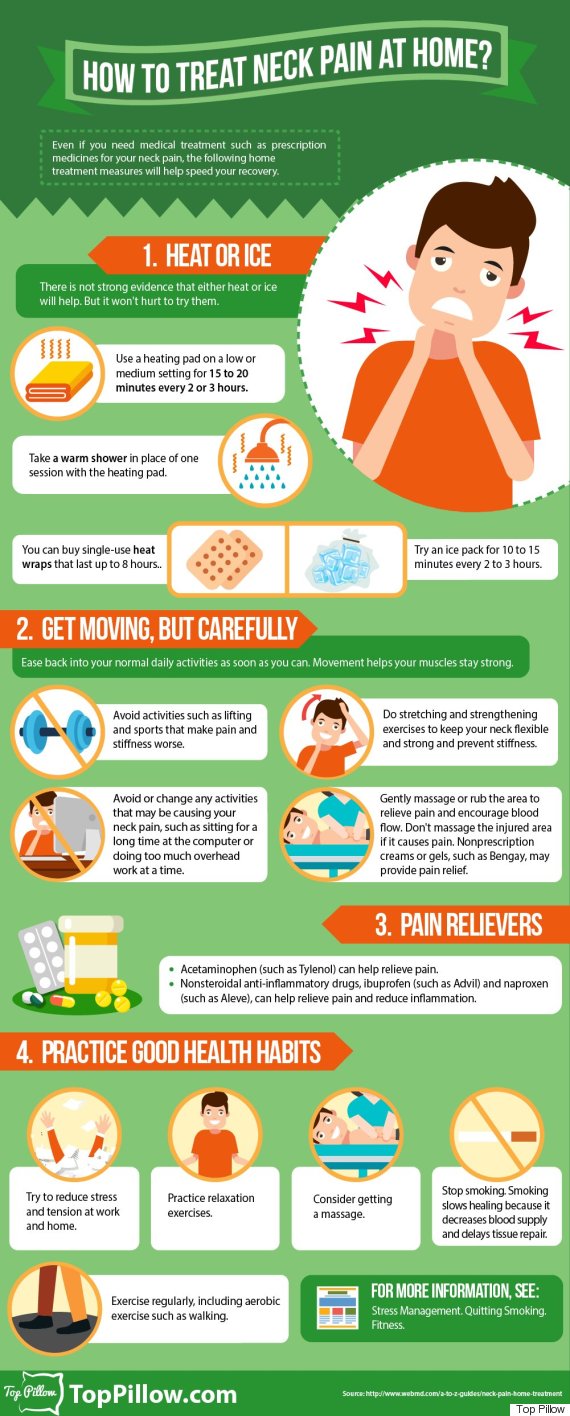




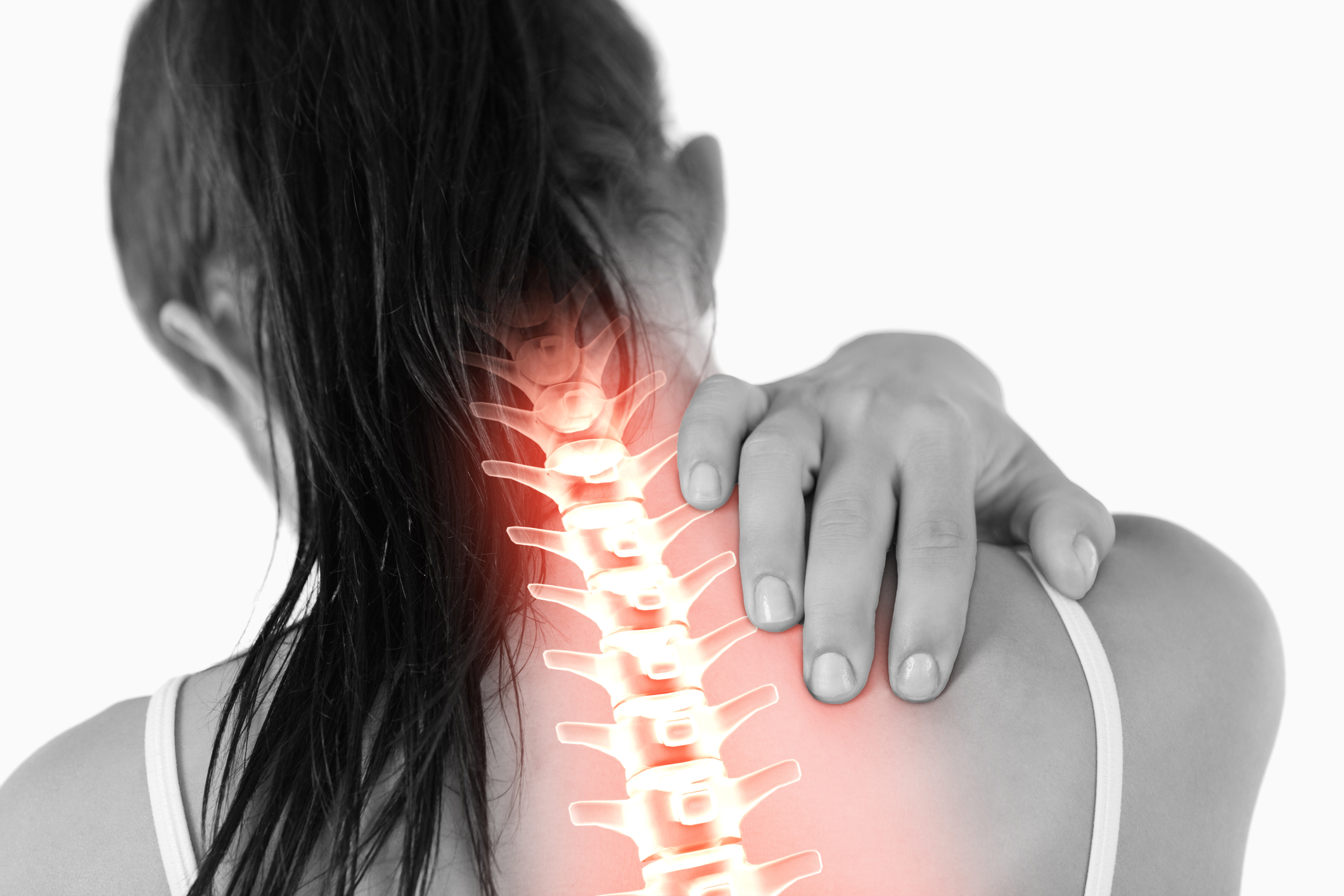
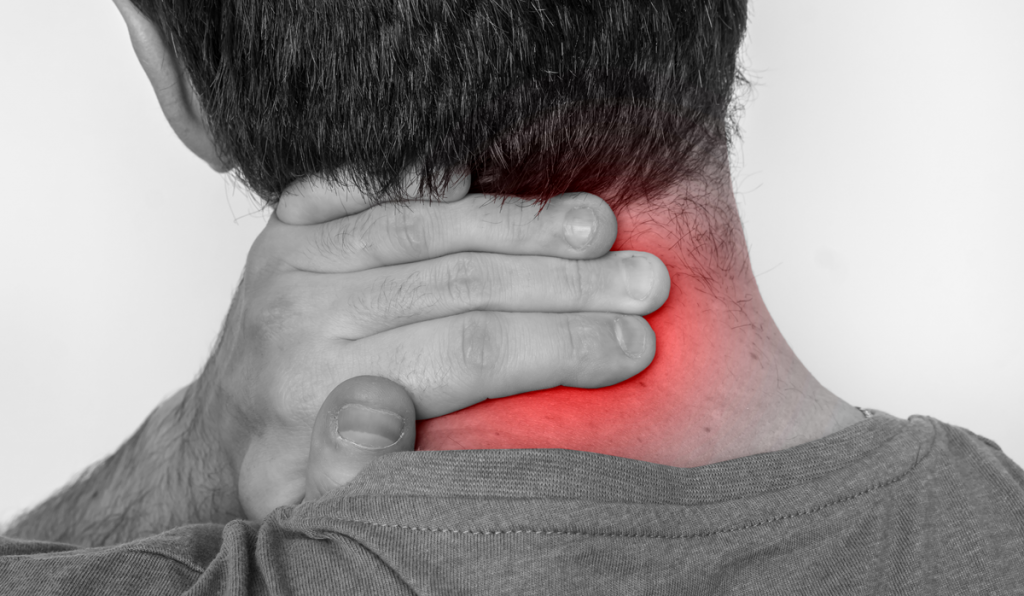





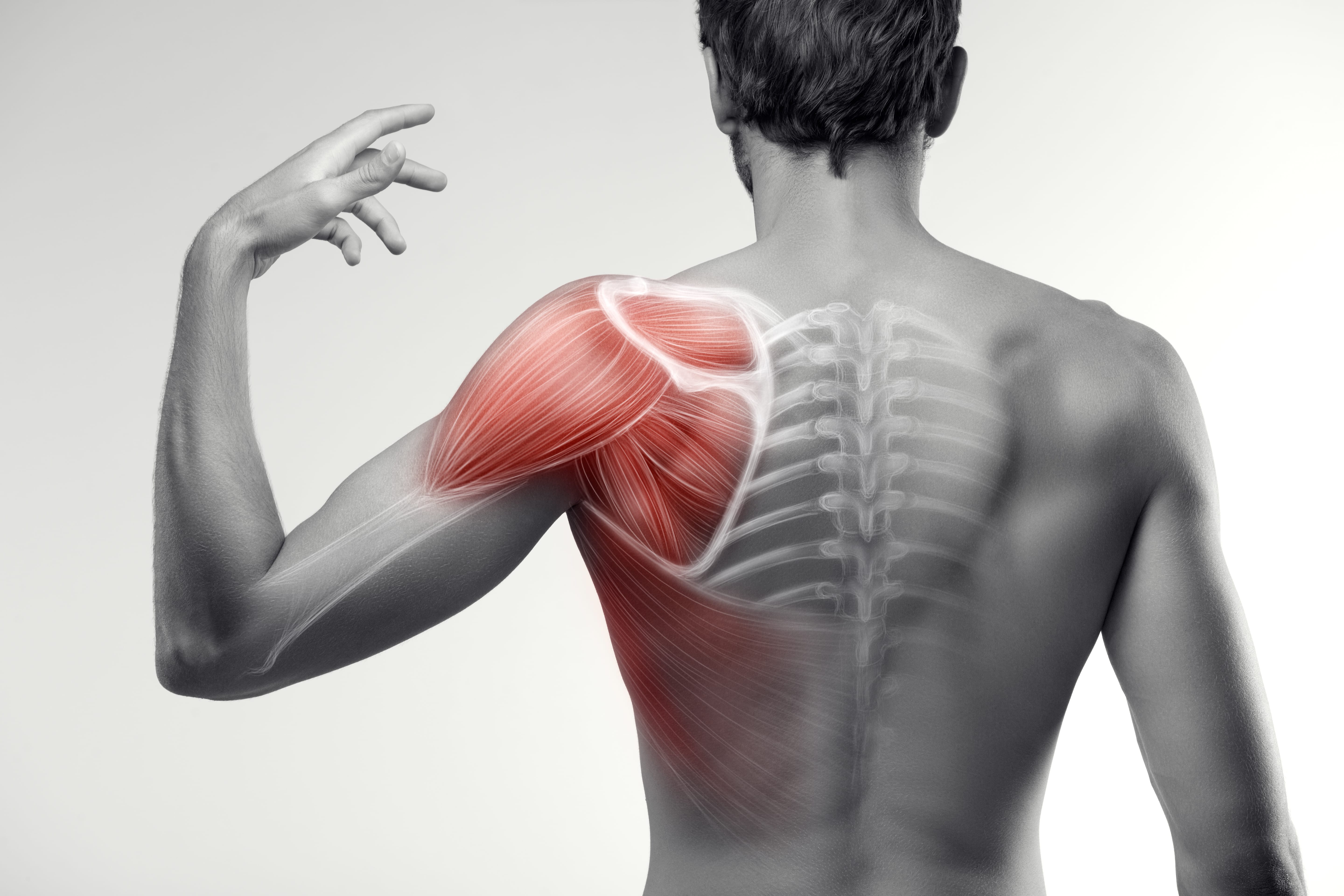



:max_bytes(150000):strip_icc()/shoulder_pain_medreview-01-5c3b9f8546e0fb0001bdeaaa.png)


